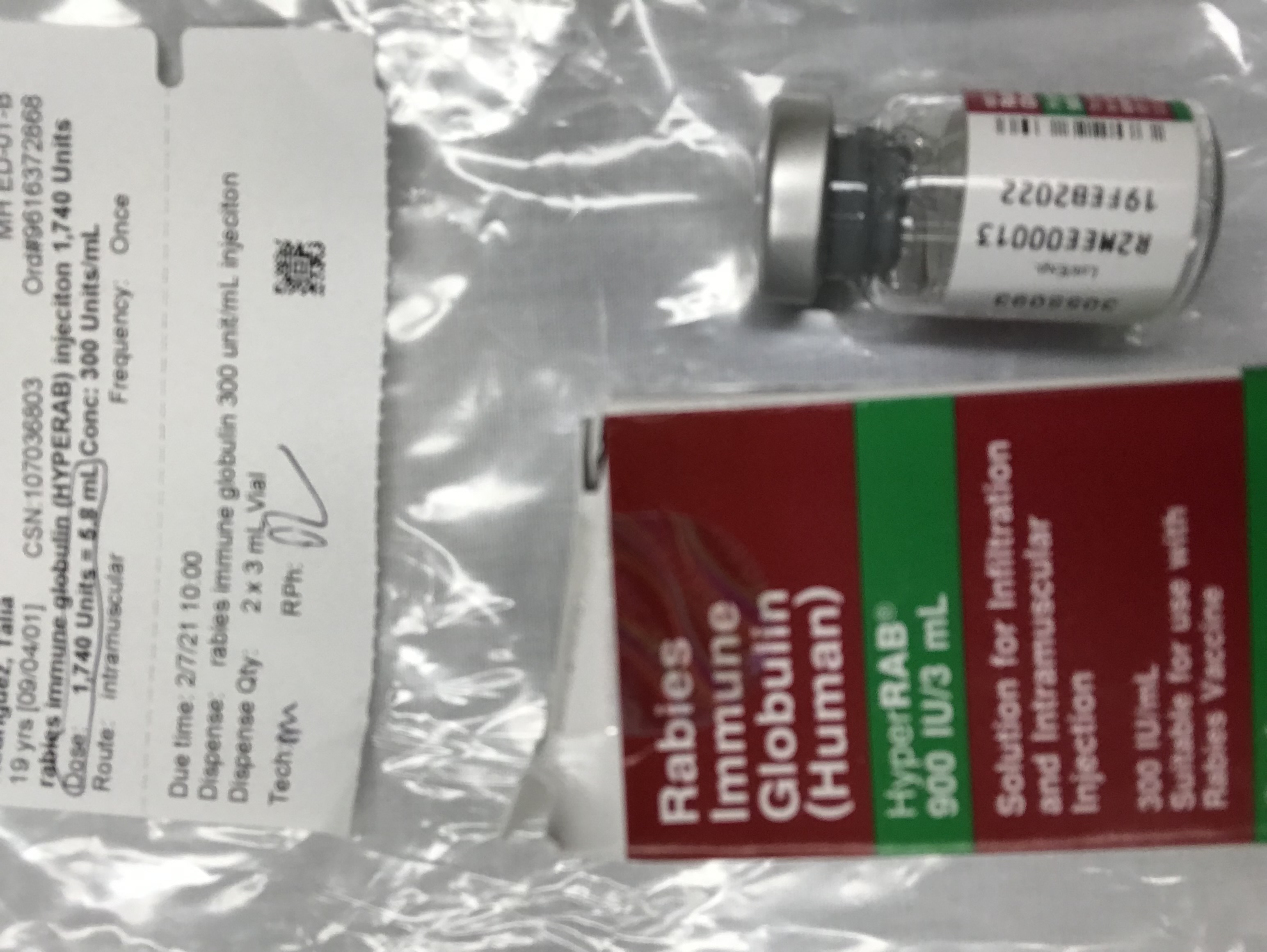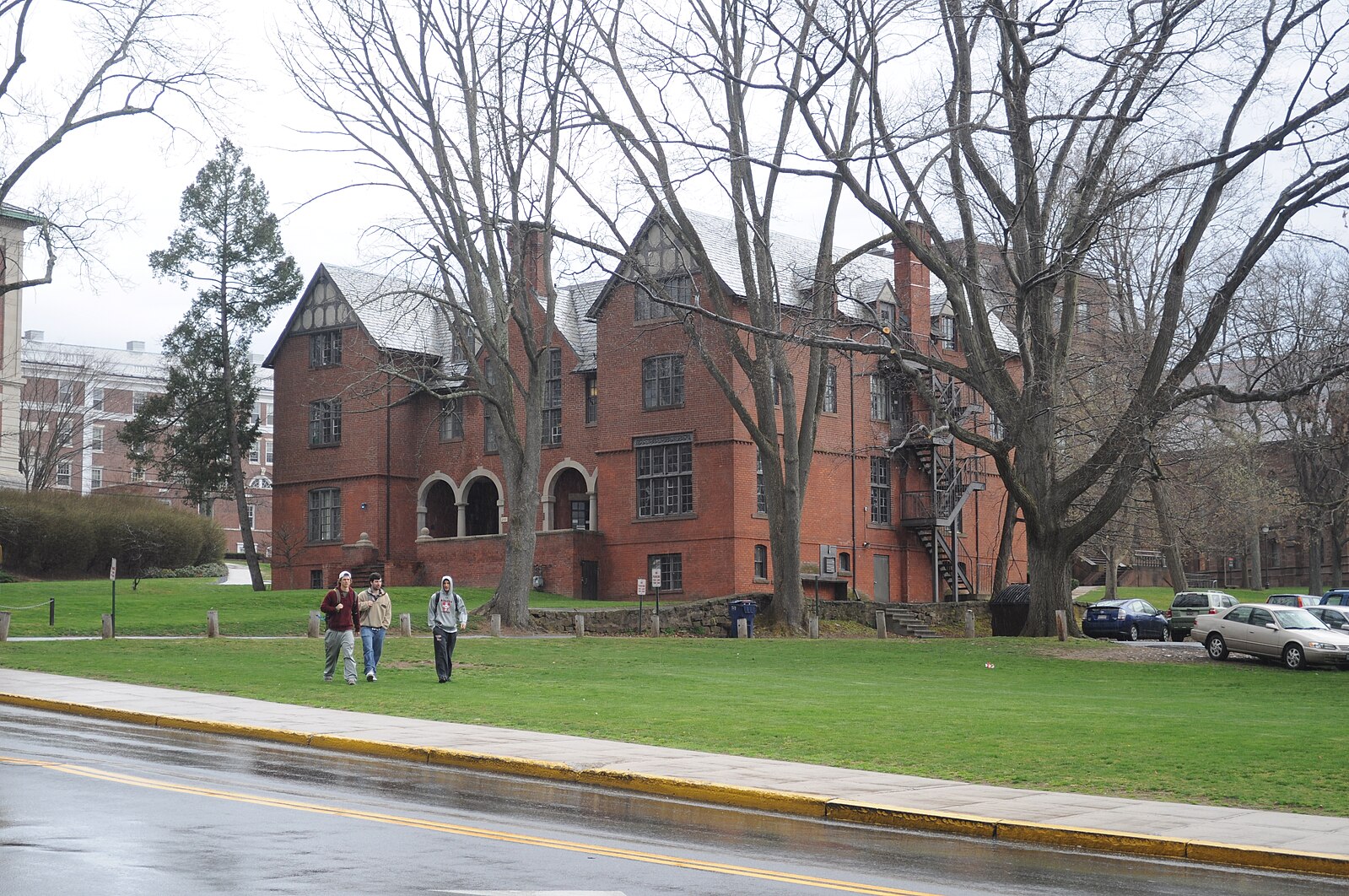
c/o Talia Rodriguez
Bats—flying mammals with pointed snouts, beady eyes, and incredible wingspans—populate all seven continents. These animals gained international attention after the COVID-19 pandemic, when the scientific community came to the consensus that the virus likely spilled over from bats. Indeed, bats are some of the most dangerous mammals due to their capacity to introduce new viruses to humans.
On campus, bats have caused an uproar. Whether in the walls of 200 Church or in the basements of wood frames, the creatures have taken up residence alongside the University’s students.
Puji Masireddy ’26 spoke to The Argus about her various interactions with bats as a resident advisor (RA) in 200 Church.
“On the first day of classes, there was a bat in the second-floor bathroom that had come in through [a broken] window,” Masireddy said. “Last Friday, there was what looked to be a dead bat outside of the building on the side facing College Row [in] that little porch area. I was on duty that day, so I called the [area coordinator] on duty, but he was not very responsive; he basically just said to call Public Safety. Then I called Public Safety, and then they sent over an officer. He brought a shovel to pick up the bat and throw it away. And I was like, ‘This cannot be the best solution.’”
Students have noticed bats at 200 Church in previous years as well. Masireddy, who lived there as a first-year, recalled an instance in which another student encountered one of these creatures.
“On the second floor, there was a bat in the room of one of the residents and [they] had to get a rabies shot,” Masireddy said. “It was a whole ordeal, and it was very scary.”

c/o Joe Mabel
Max Grosman ’26, the roommate of the resident who received the rabies shot, described how the bat infiltrated their dorm room.
“We had bats living in our ceiling,” Grosman said. “Unlike a lot of the other rooms in the dorm, [our room] had these movable office ceiling tiles. And because of that, one day, somehow some of the tiles became askew, and the bat got in our room and actually bit my roommate.”
These hidden openings are the primary concern for the administration. Associate Director of Facilities Management Jeff Sweet explained that the key to preventing bat encounters is identifying these lurking gaps.
“Maintaining entry points in buildings is most important so it is important for users of all facilities to secure exterior openings,” Sweet wrote in an email to The Argus. “If a user notices an opening requires a repair to be secured then they should contact our Customer Service through WesFix or email at work_order@wesleyan.edu, or call at 860-685-3400.”
Unfortunately, these encounters have shown no sign of ending anytime soon. Putting the responsibility on students to identify entry points has not effectively prevented bat intrusions in the long run. For example, Talia Rodriguez ’24 had a close call with a bat that led to her receiving a rabies shot in Spring 2021, when she was living in 200 Church.
“It was my first night back on campus, and I was walking to the bathroom and I felt something light hit my shoulder, and I thought it was a sock or something, but then I looked back and there was a bat lying on the ground.” Rodriguez said. “Another [brave resident], who was maybe too brave, took a blanket and picked it up and threw it outside.”
Because of the obvious contact with the bat, Rodriguez contacted University Medical Director Thomas McLarney about additional steps that she should take.
“On the phone, he was like, ‘You should probably go to the hospital; because it touched your shoulder, it could have punctured the skin without you knowing,’ so I went to Middlesex Hospital and they did a round of bat rabies shots,” Rodriguez said. “I got two on my first visit. I got three other shots in my arm over a two-week period. So, by the time they officially released us from [the school-mandated quarantine during the COVID outbreak], I had been to the Middlesex Hospital four times.”
Bats infiltrate other residences on campus too. Lukas Shvetsov ’26, who is the house manager and president of Alpha Delta Phi, was welcomed by a bat upon his return to campus in August 2023.
“There was a bat in one of our stairwells, and one of the residents who was also living here noticed it,” Shvetsov said. “We didn’t call Public Safety because the last time we had an animal in here, they refused to come and remove it. I just left the door open, hoping it would leave. When it didn’t, we called animal control, but they refused to remove it because their net wasn’t long enough. So, I got the help of someone else who was here. We hit it with a broom, and then we covered it with a trash can and a plate and then brought it outside.”
Bats don’t only inhabit large residence halls. Meera Pawale ’25 encountered one of the flying creatures in her wood-frame house on Home Avenue.
“My roommate was sleeping and saw [the bat] in her room, and then it started flying everywhere,” Pawale said. “Then it went into the living room, and she trapped it under a bowl and was trying to get a plate underneath it to bring it outside. Then, it just escaped and we couldn’t find it again.”
The bat reappeared a week later, requiring more drastic measures this time.
“I was cooking dinner a week later and I saw it fly into the living room,” Pawale said. “So, then we called animal control. They came two days later and [said] that it was trapped between the outside layer and the basement layer [of the house]. So, Physical Plant just closed that opening between [the ground floor and basement], so I guess it’s just [living] in the basement now.”
Sweet clarified that during the regular academic calendar, the University works closely with animal control services, ensuring that these instances receive the attention they deserve from the people most equipped to deal with bats and other creatures.
“We have a contract with EliminatEm Pest Control Services for all pests and wildlife,” Sweet wrote in an email to The Argus. “They have a licensed technician to handle all of these issues.”
Despite these measures, students feel that the University’s response to these wild intruders is sometimes haphazard and improvised. Masireddy recounted how the most recent bat incident in 200 Church ended after the supposedly dead bat turned out to still be alive.
“The officer whacks his shovel next to the bat to see if it’s actually dead or not, and the head moves up, so we know that it’s actually not dead,” Masireddy said. “The officer was like ‘Okay, well, I can’t really do much about this now.’ Then, I called [Public Safety] again to let them know, and they called the exterminator, [but they] didn’t know how long it would take. Eventually, another officer comes and covers the bat. So, it kind of seemed like he wasn’t really gonna be the solution we needed. He basically just covered the bat, and then a few hours later, I’m pretty sure the exterminator came and got rid of it.”
Masireddy explained that this has been a difficult matter to navigate, and the University’s assistance has felt inadequate.
“I spoke to the head of Physical Plant and was like, ‘I wonder if we can have more preventative measures in place because just waiting for a bat to come and then reacting to it is not helpful, nor is it keeping anyone safe,” Masireddy said. “[Specifically, I suggested] preventative measures, like [having] all the rooms audited for holes or cracks or whatever. Obviously that’s a huge ask, but I figured that I’d rather ask for a lot and have them meet me halfway. But [Physical Plant] was like, ‘Well, we can’t do that because people have already moved in, and dealing with their personal items is a lot.’”
Indeed, Physical Plant does recognize this problem, and it works to ensure that campus residences are safe.
“Physical Plant staff conduct annual maintenance to all residential facilities over the summer and address these [types] of openings as part of their process,” Sweet wrote in an email to The Argus. “If other non-traditional openings are found that are of concern then they address these as well.”
Nonetheless, students have pushed for the University to focus more on long-term, preventative approaches. Specifically, Grosman said he felt the lack of support from the University most acutely when trying to move out of his room due to the bat problem.
“We had such a challenging time switching our residency,” Grosman said. “Granted, it was really late in the year. We only had a month and a half left [of] school. We eventually were able to move, but that was the biggest hassle of all.”
Despite student doubts, Sweet affirmed that the University is working to mitigate structural issues with the major maintenance funding. The construction services website features a detailed breakdown of the projects that the University is undertaking in specific campus buildings and facilities.
“Renovation strategies in residential facilities utilizing our Major Maintenance funding have already shifted to total building renovations,” Sweet wrote in an email to The Argus.
Students recognize there are limitations to how much the University can do structurally. However, they would like to receive more support than is currently provided. Grosman expressed frustration that he did not receive compensation in housing points after the experience with the bat and other housing-related issues; the University simply compensated him for his rabies shots. For Masireddy, dealing with bat infestations as a resident advisor added a new layer of stress to an already-tasking job.
“The biggest challenges have been the attitudes from Residential Life, Public Safety and Physical Plant,” Masireddy said. “They have been very nonchalant. I think that’s been difficult just because I understand if there’s nothing that [they] can actually physically do, but just saying ‘Hey, sorry that you’re dealing with this’ [would help].”
Masireddy reflected on how these creatures have affected her time as an RA.
“[My job] feels very different from why I became an RA in the first place,” Masireddy said. “I don’t want to deal with rodents and bats. I became an RA to help freshmen adjust. It very much deters me from wanting to be part of Residential Life again.”
Whether you know someone who has been impacted by a bat, live in close proximity to a bat, or have personally encountered a bat, we hope that the University takes your experience into account. In the meantime, you can take Professor of Biology Frederick Cohan’s class on global change and infectious disease to better acquaint yourself with the risks of bat-related viruses.
Eugenia Shakhnovskaya can be reached at eshakhnovska@wesleyan.edu.
Lily Ahluwalia can be reached at lahluwalia@wesleyan.edu.
-
AeroSlim Weight loss benefits